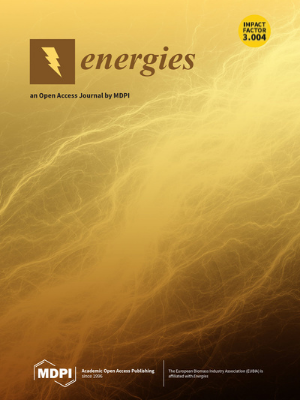The Colourimetric Method for Mixing Time Measurement in Single-Use and Multi-Use Bioreactors—Methodology Overview and Practical Recommendations
IF 3.2
4区 工程技术
Q3 ENERGY & FUELS
引用次数: 0
Abstract
Mixing time is an important parameter for quantifying the mixing efficiency of a bioreactor system, essential for successful bioprocess development in various branches of the bioengineering sector (e.g., biopharma, biorefineries, food industry and bioreactor design). The colourimetric method is one of the ways of obtaining valuable quantitative data about the mixing process and the liquid flow inside a vessel. This review consists of a catalogue and a discussion of previously published data in which the colourimetric method has been utilised; a critical comparison between the colourimetric and other mixing time measurement methods; an explanation of practical considerations regarding the bioreactor setup and the choice of reagents; a practical guide for requirements for the acquisition of high-quality images of the mixing process; a thorough discussion of aspects connected to the computer image processing of the video material. This review is intended to thoroughly present the versatility of the colourimetric method for mixing time measurement in miscellaneous bioreactor systems, i.e., in classical tanks and modern single-use (disposable) plastic film-based bag-like containers, and to facilitate the implementation of the colourimetric method in new research setups by providing complete and valuable recommendations about each step of the methodology.单次使用和多次使用生物反应器中混合时间的比色法--方法概述和实用建议
混合时间是量化生物反应器系统混合效率的一个重要参数,对于生物工程领域各分支(如生物制药、生物炼制、食品工业和生物反应器设计)的成功生物工艺开发至关重要。比色法是获取有关混合过程和容器内液体流动的宝贵定量数据的方法之一。本综述包括:对以前发表的使用比色法的数据进行分类和讨论;对比色法和其他混合时间测量方法进行重要比较;解释有关生物反应器设置和试剂选择的实际注意事项;对获取高质量混合过程图像的要求进行实际指导;对与视频材料的计算机图像处理有关的方面进行全面讨论。本综述旨在全面介绍比色法在各种生物反应器系统中测量混合时间的多功能性,即在传统的水槽和现代的一次性塑料薄膜袋状容器中测量混合时间,并通过对比色法的每个步骤提供完整而有价值的建议,促进比色法在新研究装置中的应用。
本文章由计算机程序翻译,如有差异,请以英文原文为准。
求助全文
约1分钟内获得全文
求助全文
来源期刊

Energies
ENERGY & FUELS-
CiteScore
6.20
自引率
21.90%
发文量
8045
审稿时长
1.9 months
期刊介绍:
Energies (ISSN 1996-1073) is an open access journal of related scientific research, technology development and policy and management studies. It publishes reviews, regular research papers, and communications. Our aim is to encourage scientists to publish their experimental and theoretical results in as much detail as possible. There is no restriction on the length of the papers. The full experimental details must be provided so that the results can be reproduced.
 求助内容:
求助内容: 应助结果提醒方式:
应助结果提醒方式:


